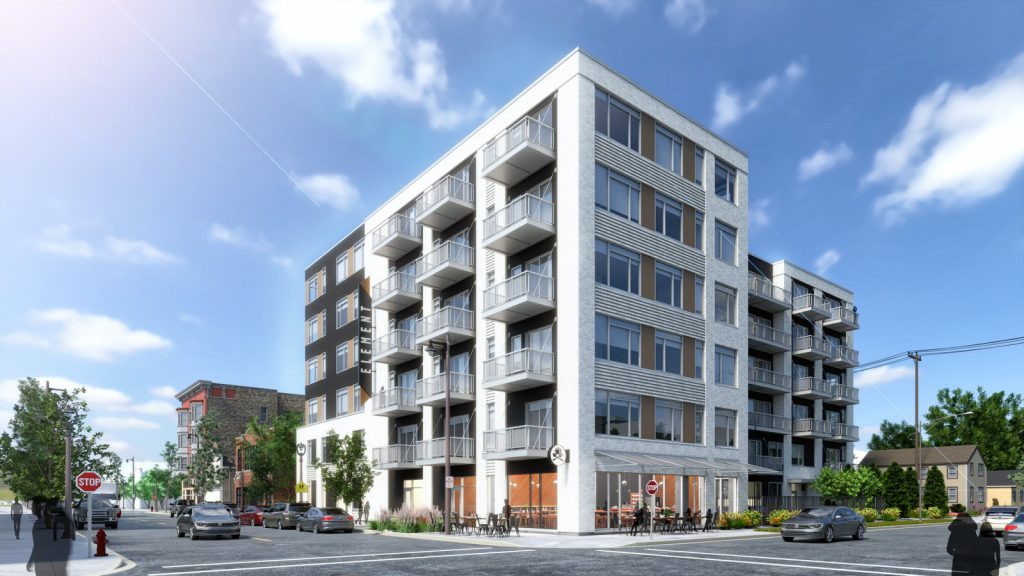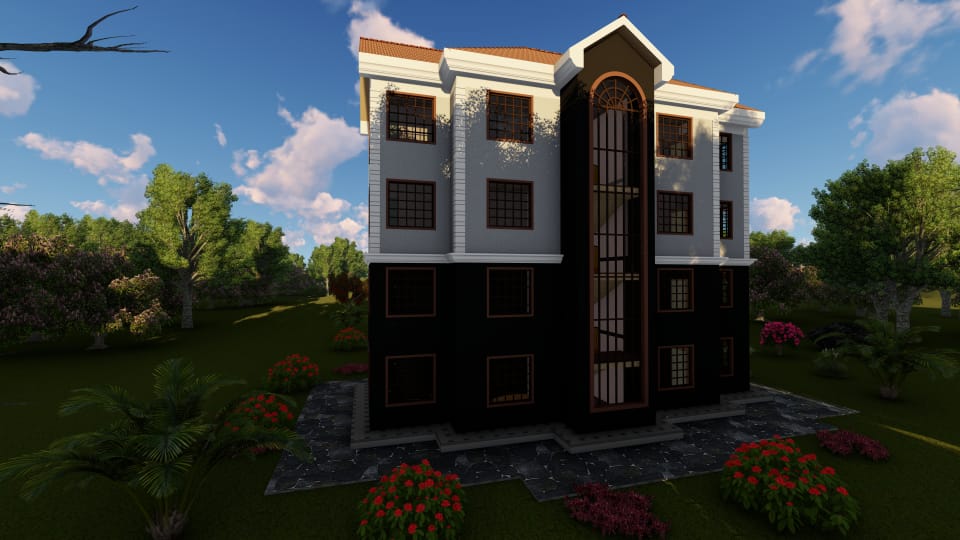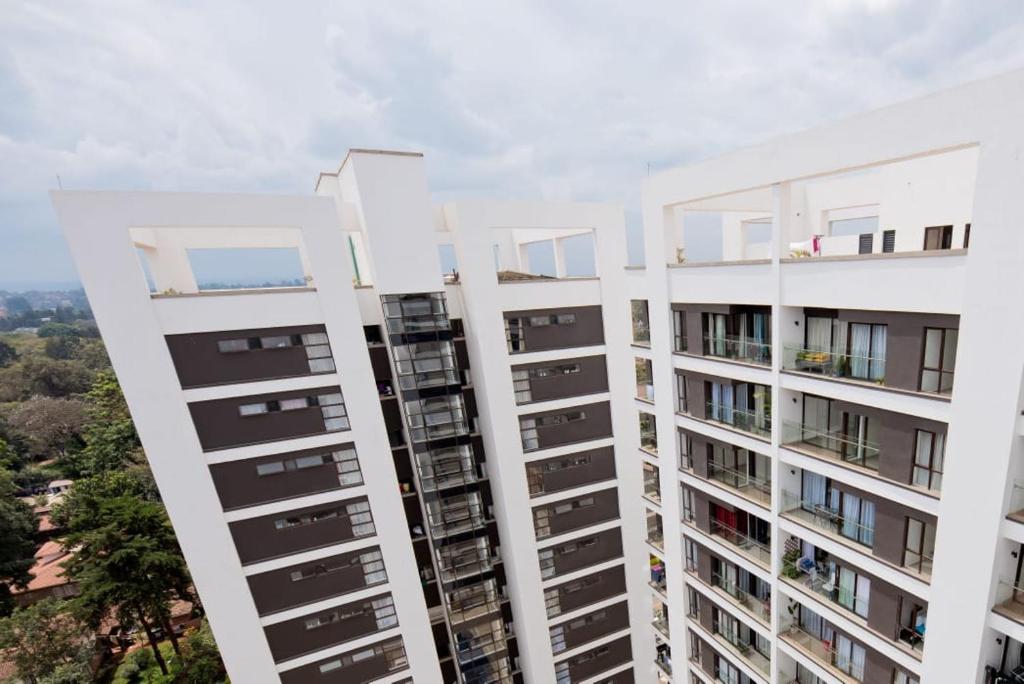Real-Estate Growth in Secondary Towns in Kenya
explore Kenya’s booming secondary towns for real estate investment. Learn what’s driving property growth, discover top emerging towns, evaluate financing, and see how to protect your investment with expert insights for 2025.
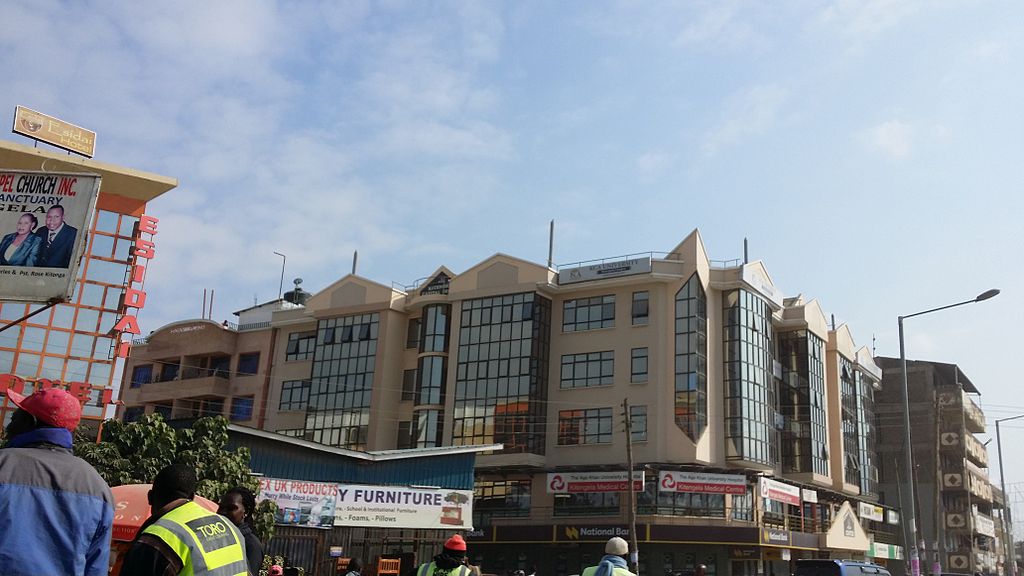
Introduction
The real estate growth in secondary towns in Kenya is transforming how investors approach property markets beyond Nairobi. As the capital city becomes increasingly saturated and expensive, emerging towns are offering better affordability, higher returns, and more balanced lifestyles. Developers, county governments, and investors are shifting their focus to these towns, where infrastructure projects and decentralisation policies are opening new opportunities. Whether you’re a first-time buyer or a seasoned investor, understanding where and why to invest in Kenya’s secondary towns will help you capture early growth and sustainable long-term profits.
Why Secondary Towns Matter for Property Investors Now
Secondary towns are no longer “sleepy” areas — they’re fast-growing investment zones where affordability meets development. Investors are drawn by lower land prices, expanding infrastructure, and rising housing demand among Kenya’s growing middle class. These towns often serve as commuter hubs for Nairobi or regional trade centres, creating reliable rental and resale markets for property investors.
Urban Expansion & Infrastructure Driving Demand
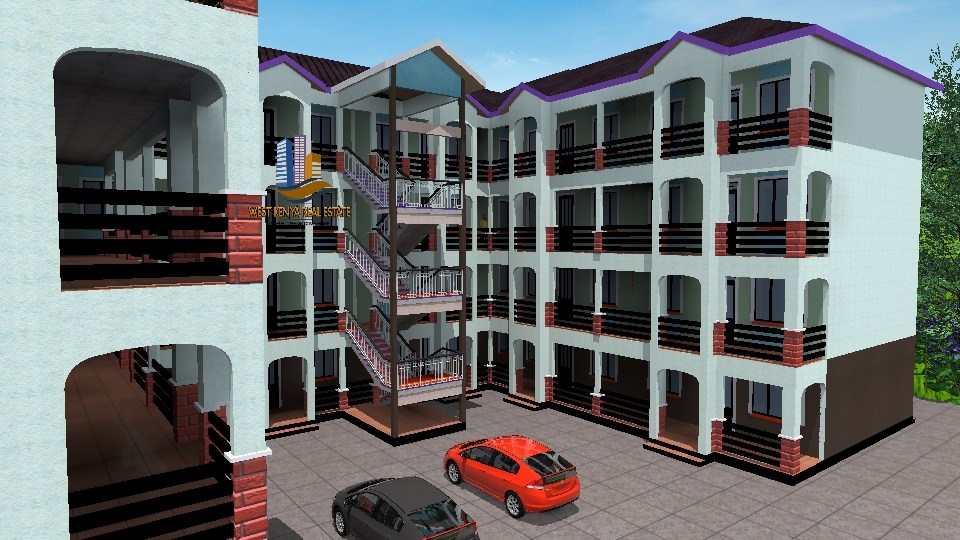
Kenya’s secondary towns are benefiting greatly from the country’s ongoing urban expansion. Major infrastructure projects — such as the Nairobi Expressway, SGR extensions, and bypass roads — are connecting towns like Ruiru, Juja, and Kitengela more directly to business centres. This connectivity is a major catalyst for investment, as residents can now live outside Nairobi but still access jobs and amenities within minutes. As a result, land prices in towns linked by modern transport routes have appreciated by over 20% in the past three years, making them hotspots for developers and private investors alike.
More Attractive Entry Prices and Upside
Buying land or houses in these secondary towns costs significantly less compared to Nairobi suburbs like Kileleshwa or Lavington. In Ruiru and Kitengela, the cost per plot can be as much as 60% cheaper, allowing investors to acquire multiple assets instead of one. This lower entry cost means more room for appreciation and reduced risk exposure. Moreover, as countries urbanise and local infrastructure catches up, early investors often see exponential growth in property values and rental yields over time.
Demographic Shifts and Lifestyle Choices
Many young professionals and middle-income earners are choosing to move to less congested environments where land is affordable, air is cleaner, and security is improving. The rise of remote work following the COVID-19 pandemic accelerated this shift, making secondary towns ideal for both residence and investment. These changing lifestyle patterns continue to fuel housing demand, creating consistent opportunities for landlords and developers who move early.
Key Drivers Behind Real-Estate Growth in Kenya’s Secondary Towns
The boom in secondary towns didn’t happen overnight — it’s the product of economic policies, population migration, and development trends that favour decentralisation. Understanding these drivers gives investors an edge when choosing where to buy or build.
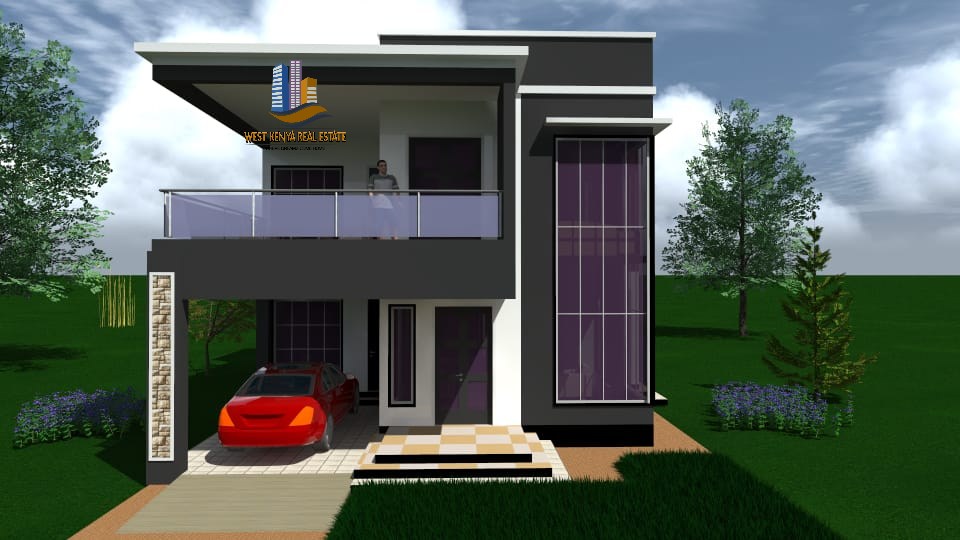
Government Decentralisation & County Investment
The shift to county governments under devolution has redistributed investment and public spending from Nairobi to the grassroots. Counties like Nakuru, Kisumu, and Machakos are developing new industrial zones, modern markets, and housing programs to attract residents and investors. These projects stimulate real estate growth by boosting employment, improving public services, and enhancing urban planning. For investors, a proactive county government is often a clear signal of upcoming property value appreciation.
Upgraded Transport Connectivity
Improved transport networks remain the backbone of real estate expansion. Roads like the Eastern Bypass, Thika Superhighway, and SGR terminals have opened new corridors for settlement and trade. Better connectivity reduces commute times, which directly increases the livability and market value of nearby towns. Investors following road and rail developments early often achieve higher returns once the projects are completed.
Rising Middle-Class & Affordability Trends
Kenya’s expanding middle class is driving steady demand for affordable housing. Many professionals who work in Nairobi prefer to settle in areas like Juja, Ruiru, and Ngong where they can own larger homes without the urban congestion. As more people seek homeownership rather than renting in the city, secondary towns are experiencing consistent property sales and rising demand for mortgages and SACCO financing.

Market Overview: Real Estate Trends 2024–2025
Kenya’s real estate sector continues to show resilience, with growth gradually shifting from speculative buying to end-user and investor-focused developments. The 2024–2025 period marks a transition from high-end city projects to practical, community-driven housing developments in satellite towns.
Rising Demand for Residential Units & Plots
Developers are reporting strong sales for serviced plots and affordable homes in areas around Nairobi, Nakuru, and Kisumu. Buyers now prefer land that already has road access, power, and water connections — signalling a mature and stable investment environment. These towns are growing into self-sufficient ecosystems where housing demand is supported by industries, schools, and county infrastructure.
Shift from Speculative Land Buying to Structured Developments

Investors are becoming more strategic. Instead of buying raw land and waiting, many now partner with developers to build rental units or mixed-use properties. This approach diversifies income streams while stabilising returns, especially as counties enforce zoning laws that prevent haphazard urban growth. The trend indicates a maturing property market in secondary towns.
Interest Rates, Inflation & Affordability
Rising interest rates and inflation have influenced property affordability, but they’ve also strengthened the case for investing early in growing towns. Fixed-rate loans from SACCOs or microfinance institutions have become popular among small investors. Developers offering flexible payment plans have also made property ownership more attainable, sustaining the investment momentum in 2025.
Top Secondary Towns to Watch in 2025
Instead of a data table, here’s a detailed look at the most promising secondary towns based on infrastructure growth, population trends, and investor activity. Each of these towns offers distinct advantages depending on your investment strategy.
Ruiru: The Growing Commuter Capital
Ruiru’s proximity to Nairobi and its connection via the Thika Superhighway make it a top investment destination. The area has seen a steady rise in gated communities, rental apartments, and retail spaces serving its fast-growing population. Land prices have doubled in the past five years, driven by developers seeking to meet housing demand for Nairobi’s workforce.
Kitengela: Affordable Growth Hub
Kitengela’s accessibility through the Nairobi–Namanga highway, coupled with industrial development in nearby Athi River, has made it an attractive choice for investors. The town’s strong middle-class presence and growing infrastructure make it ideal for both residential and mixed-use developments. Its affordability compared to Nairobi’s outskirts makes it especially appealing for first-time investors.
Nakuru: The Regional Powerhouse
Nakuru became Kenya’s fourth city and has since drawn massive attention from national and international developers. With ongoing industrial expansion and tourism appeal, Nakuru’s property market is diverse — from affordable estates to commercial high-rises. Its designation as a city has boosted investor confidence and driven up property demand in nearby towns like Njoro and Lanet.
Kisumu: The Western Kenya Gateway
Kisumu’s rapid modernisation and its port revival have revitalised its real estate sector. Suburbs like Mamboleo and Riat Hills are seeing new gated estates targeting both residents and diaspora investors. Its lakeside location and trade potential make it a key frontier for property development in western Kenya
Understanding Market Data and Property Indices
To make smart investment moves, you must interpret market reports correctly — not just take them at face value. Reliable sources like KNBS, BuyRentKenya, and Estate Intel provide land-price indexes, housing stock data, and regional comparative trends. But raw numbers alone don’t guarantee success. You must translate those figures into forecasts tailored to your town. This section shows you how to read, compare, and use indices to model realistic returns for property investment in Kenyan towns.
Reading KNBS, BuyRentKenya & Estate Intel Reports
KNBS publishes the Real Estate Survey showing national housing supply, vacancy rates, and land values. BuyRentKenya gives town-level land price indices by zones, while Estate Intel offers deeper analytics on absorption and velocity. When you see a 15 % annual rise in a town’s land index, double-check prior years’ volatility and locality. Always keep context: a boom in one zone may not spread evenly to all areas of a town.
Comparing Town-to-Town Growth Patterns
Not all secondary towns grow at the same pace — Ruiru may grow faster than Ngong, depending on infrastructure. Compare the towns of similar distance from Nairobi or similar connectivity to find patterns. If two towns share similar roads or rail access, see which has lower current prices and stronger developer activity. That gives you a comparative edge in early entry.
Turning Data into Investment Models
Convert index growth rates into a 3-year pro-forma model: project land price, construction, rent, vacancy, and net earnings. Use both conservative and optimistic scenarios — e.g. 8 % vs 15 % appreciation — to see downside risk. Layer inflation, interest changes, and buffer percentages. That modelling helps decide whether a deal is worth your capital and patience.
Evaluating an Investment Deal: The Investor’s Checklist
Before you sign any agreement, run through a rigorous checklist tailored to secondary towns. These checklist steps prevent costly mistakes that many first-time buyers make. Here you’ll see what demand, supply, and financial metrics to verify. Always let the checklist guide you, even when a deal seems “too good to be true.”
Validating Demand: Population, Jobs & Amenities
Check census data, county development plans, and industrial sites for projected job growth near the town. Look for schools, hospitals, malls, and public transport links. If a town has a growing job base but poor amenities, the rental demand may lag. Demand should come not only from commuting workers but also from local residents.
Analysing Supply: Developer Pipeline & Occupancy Levels
Survey active and planned housing projects; if dozens of units are being finished simultaneously, your property may face oversupply. Also, check how many units remain empty in existing developments — that signals market softness. Avoid zones where developer aggressiveness will flood the market too soon.
Estimating Returns: Rent, Costs & Payback Period
Project your annual gross rent based on comparable units, then subtract operating costs, vacancy, taxes, and financing interest. Divide your total investment by annual net profit to get payback years. If your payback exceeds 8–10 years in a secondary town, risk may outweigh reward. Use sensitivity tables to see how small variations in rent or cost affect returns.
Legal and Land Due Diligence Before Purchase
Falling for counterfeit titles, double sales, or forged documentation is a major risk in secondary towns. Legal due diligence is non-negotiable, even if the seller pressures for urgency. In this section, you’ll see what documents, checks, and steps to follow to verify ownership safely and confidently.
Documents to Verify: Title, Search & Approvals
You need the title deed (and any memoranda of understanding), the latest search certificate from the Lands Registry, the approved survey/site plan, and, if required, land control board approval. Request the seller’s identity documents and proof of previous transactions. Compare signatures, dates, and official stamps carefully to spot discrepancies.
Common Fraud Patterns in Satellite Towns
Fraudsters often use forged title deeds, double endorsements, overlapping plots, or misrepresented boundaries. They sometimes sell the same parcel to multiple buyers. To avoid traps, always commission an independent surveyor to walk the land physically and validate coordinates. Cross-check the seller’s claimed ownership with registry records.
How to Verify Ownership at the Lands Registry
Visit the local Lands Registry and perform a search with the title number. This gives you transaction history, registered owner and any encumbrances (loans, caveats). Pay registry duplication fees and request certified copies. Do not rely on copies from sellers without verifying them with the office.
Financing Options for Real Estate Investors
Good projects fail when the capital structure is weak. Choosing the right funding mix can boost returns and reduce risk. In emerging real estate areas in Kenya, multiple financing options exist — each with tradeoffs. Use these insights to structure funding that fits your scale and risk appetite.
Bank Loans vs SACCOs vs Developer Finance
Bank mortgages usually provide lower interest but require strict documentation, large down payments, and sometimes earlier income proof. SACCOs (especially local ones) are more flexible for members and may accept property in secondary towns. Developer financing often is easier to access, but interest rates and payment schedules may be harsher. Always compare the effective cost and repayment terms.
Diaspora Financing & Co-Investment Models
Many Kenyans in the diaspora invest back home through specialised platforms offering property or land packages. These platforms often accept incremental payments and remote verification. Co-investment models enable pooling capital with local partners; make sure you use clear legal contracts defining roles, returns, and exit.
Structuring Payments to Maximise ROI
Structure payments to align with construction phases. Hold back a retention sum until final delivery. Negotiate installment payments rather than lump sums if possible. Time your capital outlays to reduce idle cash and adjust for interest costs. Be tax-sensitive when choosing ownership structures (personal, company or joint holding)
Construction and Cost Management in Secondary Towns
Even excellent land becomes a poor investment if construction overruns, delays, or low quality wrecks your returns. Managing your build carefully is just as important as picking the right town. This section covers contractor selection, cost control tactics, and regulatory compliance to keep your project on track.
Choosing Between Local Contractors and Developers
Local contractors often cost less and have local know-how, but they may lack consistency, financial strength, or quality assurance. Turnkey developers tend to be more reliable but carry higher premiums and less flexibility. Request past project audits, inspect quality, and ensure joint accountability in contracts.
Average Costs, Timelines & Overruns
Construction costs vary by town—factors include material transport, labour availability, and ground conditions. Always build in a 10–20 % buffer for the cost of reruns or scope creep. Delays in approvals, material supply, or bad weather can push timelines. Monitor progress weekly, and use milestone payments tied to deliverables.
Permits, Valuations & Compliance Essentials
Every county requires building permits, environmental clearance (if applicable), and valuation approvals (especially for mortgage lending). Failing to secure permits halts construction or incites fines. Ensure designs conform to local standards and that your building can pass post-occupancy inspection.
Exit Strategies and Liquidity Management
Even in secondary towns, you should plan an exit strategy from day one. Knowing how and when you’ll realise your investment allows you to manage risk and timing. Use these insights to tailor your exit to market conditions and your financial goals.
Rent-and-Hold vin s Property Flipping
Rent-and-hold generates steady cash flow and is ideal when you want long-term income and capital appreciation. Flipping (selling shortly after completion) aims for quicker gains but carries higher market and timing risk. Choose based on your risk tolerance, cash needs, and how confident you are in demand.
Liquidity Realities: Time-to-Sell Expectations
Secondary towns often take longer to resell compared to Nairobi suburbs. Expect 6 to 18 months in many towns. Overbuilt zones or slow markets may push resale even further. Always price your exit anticipating markdowns, promotional discounts, and negotiating room.
Boosting Exit Value via Features & Staging
When nearing sale time, invest in finishes, landscaping, smart amenities, and staging photos. Use digital marketing and short-let platforms to build a reputation before listing. Highlight unique benefits (views, security, connectivity) to differentiate your property in an emerging real estate area.
Conclusion: Why Real-Estate Growth in Secondary Towns in Kenya Demands Your Attention
The real estate growth in secondary towns in Kenya is not a momentary trend — it’s a structural shift in how property value is generated outside primary cities. As Nairobi’s margins shrink, secondary towns offer room to grow, a stronger upside, and more diversified investment opportunities. With the right data, due diligence, financinrealiseconstruction discipline, you can capture value others overlook. Use the tools, checklists, and strategies in this guide to act decisively — early entrants often enjoy the highest returns in emerging real estate areas in Kenya.

